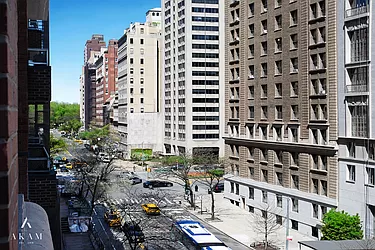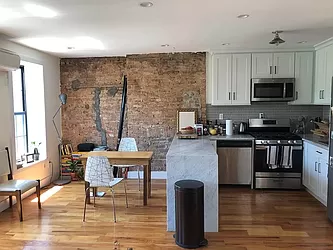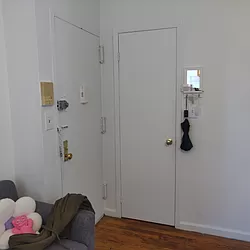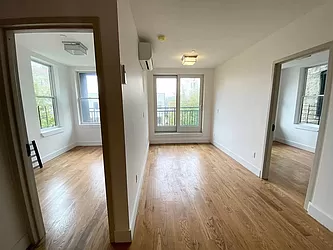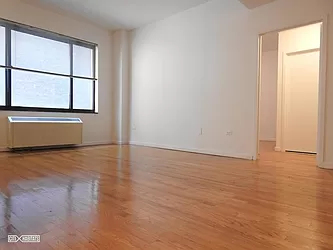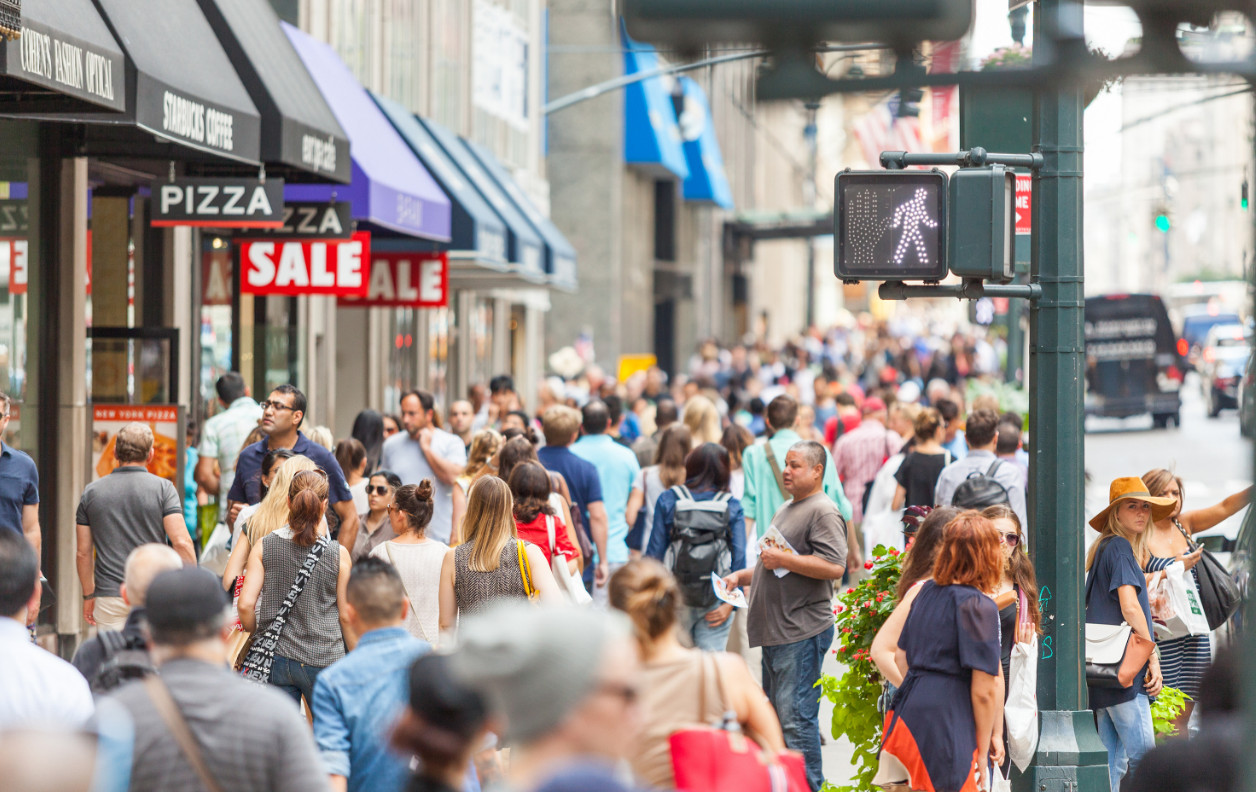
The 2020 census will attempt to provide an objective look at how many people live in NYC. (Getty Images)
New York City spans five boroughs and more than 200 neighborhoods, encompassing 302 square miles and 30,000 acres of public parks. Despite all that space, the city is densely crowded — ask anyone riding the L train on a weekday morning. But what is the population of NYC, exactly? It seems like a straightforward question, but in recent years there has been a fair amount of debate. In 2020, the NYC census will attempt to resolve this question. It’s an essential effort, because it impacts the city’s share of federal funding, as well as its seats in Congress. Here is the story of NYC’s population growth.
What’s the Population of New York City Right Now?
The population of NYC is 8,398,748, according to the Census’s 2018 American Community Survey. That is more than the total of Los Angeles and Chicago combined! New York City’s population alone accounts for 43% of the population of New York state. The 8.39 million stat includes only the population of the five boroughs — see a breakdown of the population of each borough below.
| Borough | Population in 2018 |
|---|---|
| Brooklyn | 2,582,830 |
| Bronx | 1,432,132 |
| Manhattan | 1,628,701 |
| Queens | 2,278,906 |
| Staten Island | 476,179 |
Extending beyond the five boroughs, the population of the New York metropolitan area, which includes parts of Connecticut, New Jersey, and Pennsylvania, is even more massive, with a population of 19,979,000 according to the 2018 ACS. This makes New York City and its surrounding suburbs the country’s largest metro area.
NYC Homes Under $1.5M on StreetEasy Article continues below
How Has the NYC Population Changed Over Time?
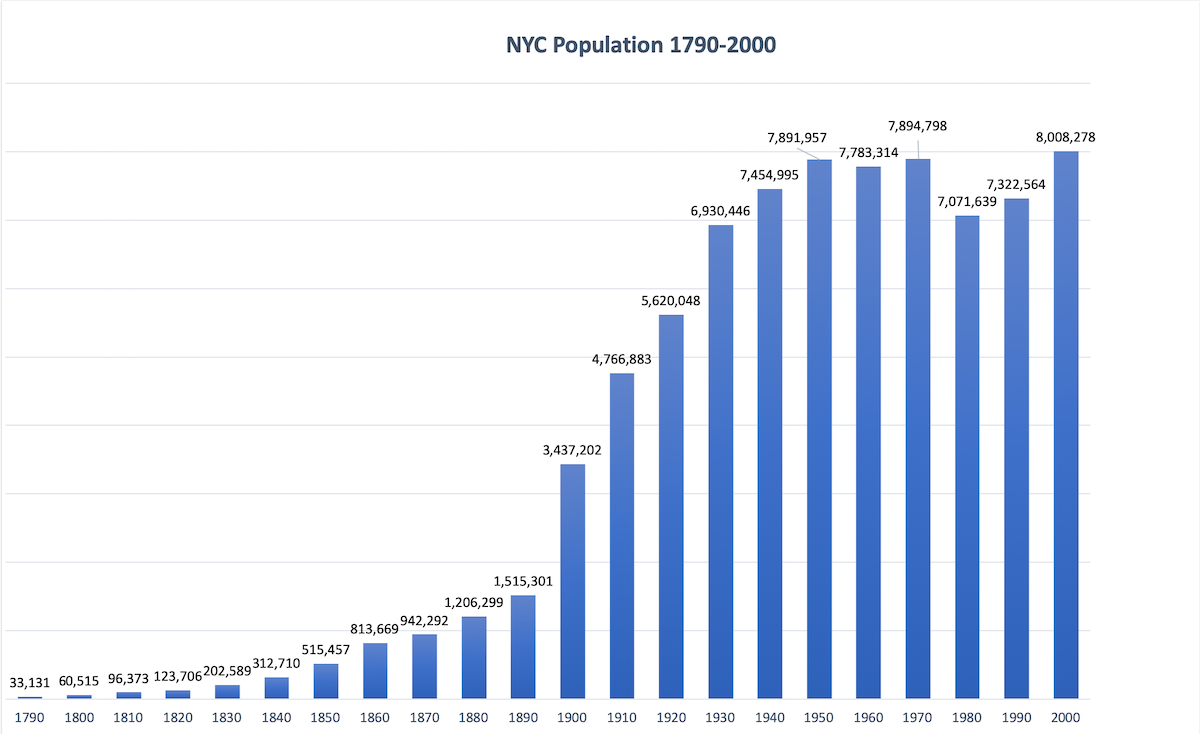
The chart above illustrates population growth between 1790 and 2000, using data from the NYC Department of City Planning.
In 1800, the population of NYC was 60,515; it grew to 515,457 by 1850. But by the turn of the century, the population had exploded, jumping from 1.5 million in 1890 to nearly 3.5 million in 1900. In the 1970s, the population began to drop as the city faced near-bankruptcy and high levels of crime, driving many to the suburbs. But between 1980 and 2000, New York City experienced a major turnaround, which some economists find unusual. During this time, the population within the city core grew faster than that of the surrounding suburbs, in large part driven by an increasing number of finance jobs.
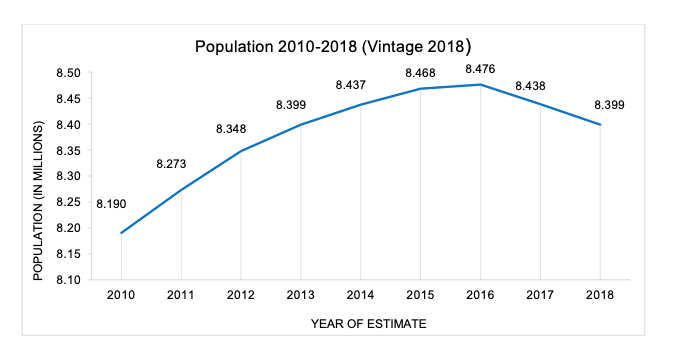
(New Patterns of Recent Growth: 2017-2018 vs 2010-2017. Source: NYC Department of City Planning.)
During the first half of this decade, the population showed robust growth, but it started to plateau around 2017. Then in 2018, for the first time in nearly a decade, the ACS reported that NYC’s population actually declined.
Wait, Is the Population of NYC Really Shrinking?
Between July 2017 and July 2018, the NYC population dropped by half a percentage point. While the city’s population has increased by 2.7% between 2010 and 2018, many of the factors fueling its growth, including net migration and international migration (more on that below), have slowed. The chart below breaks out NYC population growth in the last decade by each borough to better illustrate where and how the population is changing. Interestingly, the population increased in Staten Island between 2017 and 2018, but in all other boroughs, it declined.
| Area | 2010 | 2017 | 2018 | Difference from 2017 to 2018 | Percentage Change |
|---|---|---|---|---|---|
| NYC | 8,175,133 | 8,438,271 | 8,398,748 | -39,523 | -0.5% |
| Bronx | 1,385,108 | 1,439,725 | 1,432,132 | -7,593 | -0.5% |
| Brooklyn | 2,504,700 | 2,596,385 | 2,582,830 | -13,555 | -0.5% |
| Manhattan | 1,585,873 | 1,629,780 | 1,628,701 | -1,079 | -0.1% |
| Queens | 2,230,722 | 2,296,865 | 2,278,906 | -17,959 | -0.8% |
| Staten Island | 468,730 | 475,516 | 476,179 | 663 | 0.1% |
What Is Impacting Population Trends in NYC?
Demographers rely on two key trends to analyze population: natural increase and net migration. Natural increase is the difference between the number of births and deaths in a given area. Net migration is the balance of domestic migration and international migration.
According to city officials, there was a positive natural increase in the population in NYC over the last eight years, but net migration declined. While the city officials recognize that population growth has slowed, they take issue with how the Census Bureau calculated net international migration, citing a change to their methodology. This, they argue, puts the count for immigrating newcomers too low in 2018.
StreetEasy economist Nancy Wu used census data to conduct her own research on who’s moving to NYC. Her analysis found that only 3% of the city’s population lived elsewhere the year before. The vast majority of this group relocated from within the U.S., and only 93,000 people moved from abroad.
How Will the 2020 Census Impact the Population of NYC?
Given the discrepancies over the 2018 NYC census findings, the city is taking the 2020 census very seriously. The outcome will determine the distribution of political power and federal funds, including the city’s representation in Congress, as well as the budget for public transportation and public education in NYC.
NYC Rentals Under $4,000 on StreetEasy Article continues below
How NYC Is Promoting Participation in the 2020 Census?
Because of all that’s at stake, the city got an early start on its 2020 census promotion efforts. In January 2019, the city approved an unprecedented $40 million education and outreach plan to get out the vote. A key part of the organizing strategy is the Complete Count Fund, an initiative co-led by the New York City Council and City University of New York.
In December 2019, the Complete Count Fund announced 150 community-based organizations as partners. Each organization will receive funding to promote participation within its community. According to the city’s website, the organizations “are uniquely positioned to fight the spread of disinformation, convey the importance of the census, and help bridge the digital divide.”
The 2020 census also marks the first time the survey can be completed online. While this will facilitate the completion process for many New Yorkers, 30% of the population of the city is without broadband access. The city is aware of this and has invested $1.4 million to support digital access at public library branches in undercounted communities.
When Will the NYC Census Take Place?
Below is a rundown of key dates for the 2020 census:
- March 12–20: All households in New York City will receive a letter from the Census Bureau explaining how to respond to the survey online. During this time, you can respond to the census online, over the phone, or by mail.
- March 30–April 1: The Census Bureau will attempt to count all people who are experiencing homelessness by visiting shelters, soup kitchens, and tent encampments.
- April 1: Woop! It’s Census Day nationwide. The Census Bureau anticipates having delivered a survey to every household across the country by this day. All residents should use their current address and household size as of April 1 in their survey responses.
- May–July: Census takers will conduct at-home visits to attempt to collect in-person responses to any households that have not yet completed the survey.
- December: The Census Bureau will send the results of the population count to Congress and the President.
How Can New Yorkers Participate in the 2020 Census?
In addition to partnering with local organizations, the city is encouraging individual volunteers to join their Neighborhood Organizing Census Committee, or NOCC. The groups will be based in 245 neighborhoods across the city with the goal of ensuring all residents in their community are counted. Outreach tactics will include teach-ins, phone banks, and door-to-door canvassing. If you want to get involved, you can sign up to volunteer with your NOCC. It’s important work that will help ensure your community is fairly represented.
—
Inspired to find your next place in New York? Whether you’re looking to rent or to buy, search NYC apartments on StreetEasy.








